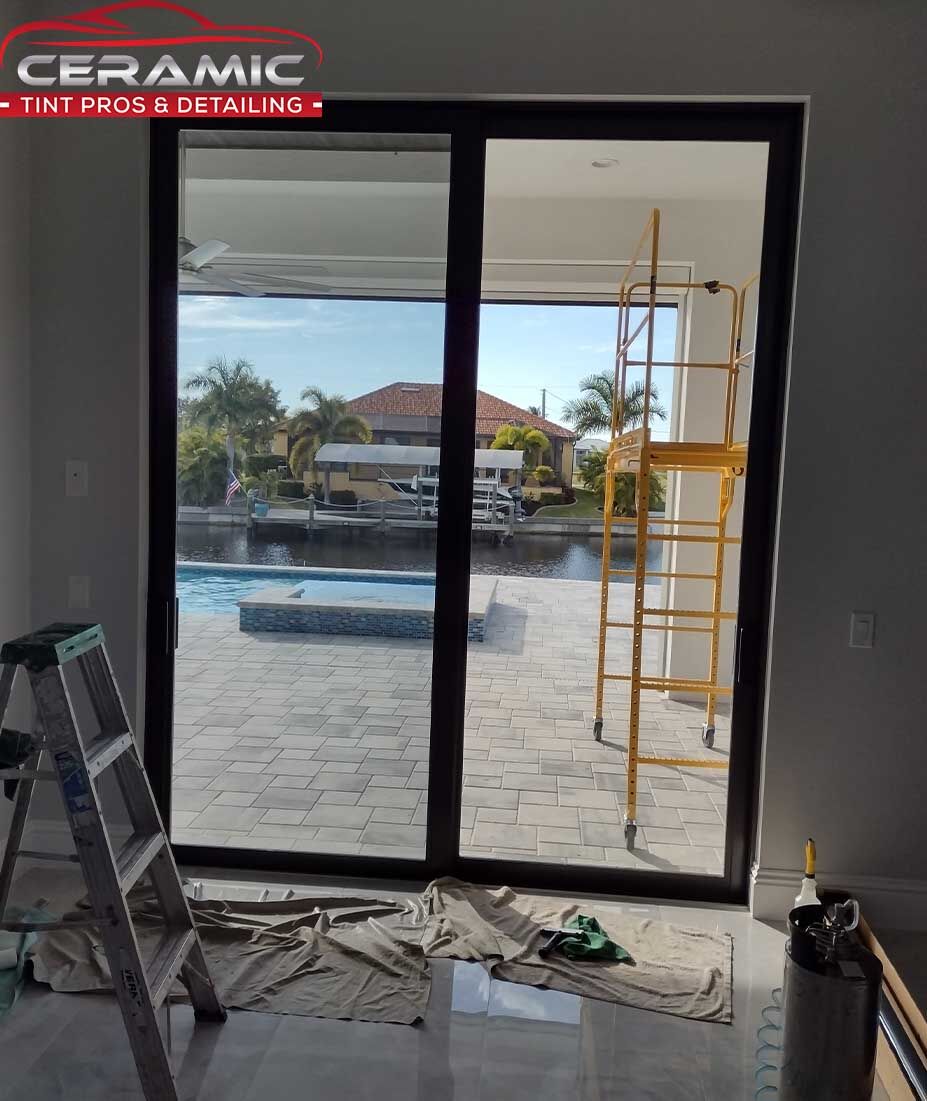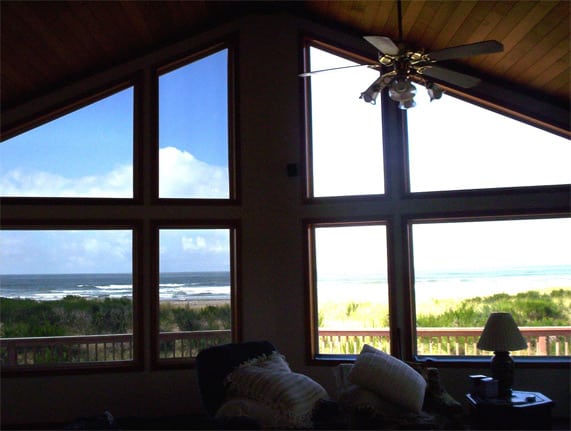How Residential Window Tinting Enhances Your Home's Energy Performance
Residential window tinting offers an engaging option for house owners seeking to boost energy effectiveness within their living rooms. By applying specialized films to home windows, it properly lowers heat transfer, consequently stabilizing interior temperatures and minimizing the need for excessive heating or air conditioning.
Understanding Window Tinting
Understanding window tinting is essential for homeowners seeking to enhance both convenience and energy efficiency in their space. Residential Window Tint. Window tinting involves the application of a thin movie to the inside or exterior surface of glass windows. This film can substantially regulate the amount of sunlight and warmth that goes into a home, hence affecting interior environment conditions
There are numerous types of window tinting films available, each with distinct residential properties. The effectiveness of window tinting is usually determined by its Visible Light Transmission (VLT) percentage, which suggests how much light can pass through the movie.
Benefits of Energy Performance
Window tinting not only enhances appearances but likewise plays a significant function in improving energy effectiveness within domestic areas. By lowering heat transfer through home windows, tinted movies create a much more secure indoor environment, which can lead to significant decreases in power consumption for heating & cooling. This energy effectiveness translates into reduced utility costs, supplying homeowners with considerable lasting savings.

Furthermore, home window tinting improves the convenience of living rooms. By lessening glare and blocking unsafe UV rays, colored windows produce a more pleasurable setting, which can bring about enhanced wellness for residents. The protection versus UV rays also aids maintain furniture and flooring from fading, adding to the durability of home products.
Just How Tinting Functions
Tinting films run through a mix of sophisticated materials and innovations developed to manage the amount of solar power going into a home. Primarily made up of polyester, these films frequently include metallic or ceramic particles that soak up and reflect warm. This dual capacity allows them to dramatically minimize the penetration of ultraviolet (UV) rays and infrared radiation while allowing visible light to go through.
The performance of home window tinting is gauged by its solar warmth gain coefficient (SHGC), which shows how much solar power is sent through the home window. Reduced SHGC worths are more effective as they denote greater warm being rejected. In addition, home window colors can include a variety of tones, allowing property owners to customize their visual preferences while boosting power effectiveness.
In addition, these films function as a barrier, protecting against warm loss throughout chillier months by mirroring indoor warmth back into the living space. This thermal insulation effect enhances the air conditioning benefits gotten throughout warmer months, adding to a well balanced indoor environment year-round. By handling solar power efficiently, household window tinting not only enhances convenience however likewise plays content a crucial duty in reducing power intake and decreasing energy expenses.
Picking the Right Tint

There are different sorts of home window films available, including colored, metalized, and ceramic. Dyed movies are cost-effective but may have limited durability. Metalized movies use much better warmth denial however can disrupt digital signals. Ceramic films provide superb warmth control without compromising exposure and are very durable, making them a prominent selection.
Noticeable light transmission (VLT) is another important element, as it shows the amount of all-natural light that can go through the colored glass. Homeowners need to pick a tint with a VLT that matches their illumination choices while still supplying adequate glow reduction.
Additionally, examining the solar warmth gain coefficient (SHGC) can assist establish exactly how well a tint can obstruct warmth from sunlight. A lower SHGC suggests far better warm control, eventually enhancing power effectiveness.
Installment and Maintenance Tips
Appropriate installation and upkeep are important components in optimizing the advantages of household home window tinting. Experts also utilize specialized devices and strategies, which can boost the toughness and efficiency of the tint.
Adhering to setup, maintenance discover this info here is necessary to extend the life of the window film. It is recommended to wait at the very least 30 days before cleaning the colored windows to permit the sticky to heal totally. When cleaning, make use of a soft cloth and a mild, ammonia-free cleaner to avoid damaging the movie. Stay clear of abrasive materials that might scratch the surface.
Additionally, regular assessments are beneficial. Inspect for any kind of peeling or bubbling, which could show inappropriate installment or use in time - Residential Window Tint. Attending to these concerns immediately can protect against additional damages and maintain energy performance. By sticking to these setup and upkeep pointers, property owners can guarantee their window tinting continues to provide considerable power financial savings and comfort for many years to find.
Verdict
Finally, property go now window tinting functions as an efficient service for boosting energy effectiveness within homes. By lowering heat transfer and blocking damaging UV rays, home window films add to decrease energy intake and improved indoor comfort. The selection of appropriate tinting products, along with appropriate setup and maintenance, additionally makes the most of these benefits. Inevitably, window tinting stands for a lasting financial investment that not only lowers energy expenses but additionally advertises a comfortable living atmosphere throughout the year.
Home window tinting entails the application of a thin movie to the interior or outside surface area of glass home windows. By decreasing warm transfer through windows, colored films create an extra stable indoor climate, which can lead to substantial decreases in energy intake for home heating and cooling.The efficiency of window tinting is gauged by its solar warm gain coefficient (SHGC), which indicates just how much solar power is sent via the window. By managing solar power efficiently, property home window tinting not only improves comfort however also plays an essential role in minimizing power usage and decreasing utility expenses.
By minimizing warm transfer and obstructing hazardous UV rays, home window films contribute to reduce energy usage and improved indoor comfort.
Comments on “Leading Advantages of Installing Residential Window Tint for Your Residential property”